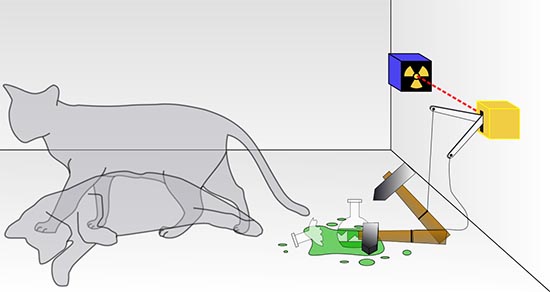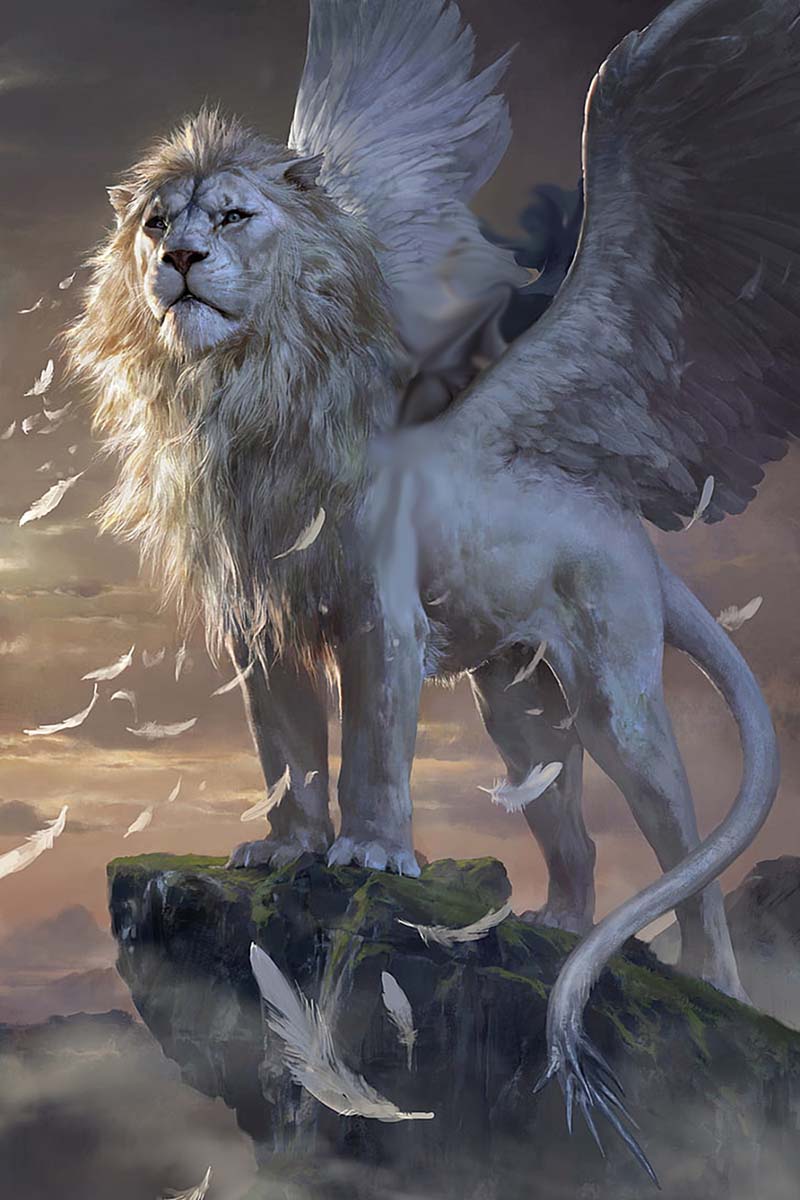

The cat (Felis catus), commonly referred to as the domestic cat or house cat, is a small domesticated carnivorous mammal. It is the only domesticated species of the family Felidae. Recent advances in archaeology and genetics have shown that the domestication of the cat occurred in the Near East around 7500 BC.
It is commonly kept as a house pet and farm cat, but also ranges freely as a feral cat avoiding human contact. It is valued by humans for companionship and its ability to kill vermin. Its retractable claws are adapted to killing small prey like mice and rats. It has a strong, flexible body, quick reflexes, and sharp teeth, and its night vision and sense of smell are well developed.
It is a social species, but a solitary hunter and a crepuscular predator. Cat communication includes vocalizations like meowing, purring, trilling, hissing, growling, and grunting as well as cat body language. It can hear sounds too faint or too high in frequency for human ears, such as those made by small mammals. It secretes and perceives pheromones.
Female domestic cats can have kittens from spring to late autumn in temperate zones and throughout the year in equatorial regions, with litter sizes often ranging from two to five kittens. Domestic cats are bred and shown at events as registered pedigreed cats, a hobby known as cat fancy. Animal population control of cats may be achieved by spaying and neutering, but their proliferation and the abandonment of pets has resulted in large numbers of feral cats worldwide, contributing to the extinction of bird, mammal, and reptile species.
As of 2017, the domestic cat was the second most popular pet in the United States, with 95.6 million cats owned and around 42 million households owning at least one cat. In the United Kingdom, 26% of adults have a cat, with an estimated population of 10.9 million pet cats as of 2020. As of 2021, there were an estimated 220 million owned and 480 million stray cats in the world. Read more

Felis (Latin for cat) was a constellation created by French astronomer Jerome Lalande in 1799. He chose the name partly because, as a cat lover, he felt sorry that there was not yet a cat among the constellations (although there are two lions and a lynx). It was between the constellations of Antlia and Hydra.
This constellation was first depicted in the Uranographia sive Astrorum Descriptio (1801) of Johann Elert Bode. It is now obsolete.
Its brightest star, HD 85951, was named Felis by the International Astronomical Union on June 1, 2018 and it is now so included in the List of IAU-approved Star Names.

Owning cats linked to schizophrenia, bipolar disorder - June 9, 2015
Owning a cat as a kid could put you at risk for schizophrenia and bipolar disorder later on because of parasites found in feline feces, new research says. Previous studies have linked the parasite toxoplasma gondii (T. gondii) to the development of mental disorders, and two more research papers published recently provide further evidence. Researchers from the Academic Medical Centre in Amsterdam looked at more than 50 studies and found that a person infected with the parasite is nearly twice as likely to develop schizophrenia.
Dog People vs. Cat People: Who's More Outgoing? More Intelligent? Live Science - May 27, 2014
"Dog people" and "cat people" really do have different personalities, according to a new study. People who said they were dog lovers in the study tended to be more lively - meaning they were more energetic and outgoing - and also tended to follow rules closely. Cat lovers, on the other hand, were more introverted, more open-minded and more sensitive than dog lovers. Cat people also tended to be non-conformists, preferring to be expedient rather than follow the rules. And in a finding that's sure to spark rivalries among pet owners, cat lovers scored higher on intelligence than dog lovers.
Ancient Egyptian Kittens Hint at Cat Domestication Live Science - March 17, 2014
The skeletons of six cats, including four kittens, found in an Egyptian cemetery may push back the date of cat domestication in Egypt by nearly 2,000 years. The bones come from a cemetery for the wealthy in Hierakonpolis, which served as the capital of Upper Egypt in the era before the pharaohs. The cemetery was the resting place not just for human bones, but also for animals, which perhaps were buried as part of religious rituals or sacrifices. Archaeologists searching the burial grounds have found everything from baboons to leopards to hippopotamuses. The new find includes two adult cats and four kittens from at least two litters. The size of the bones and timing of the litters hints that humans may have kept the cats. The bones date back to between 3600 B.C. and 3800 B.C., which would be 2,000 years before the earliest known evidence of cat domestication in Egypt.

Lions - About, Culture, Astronomy, White, Winged, News